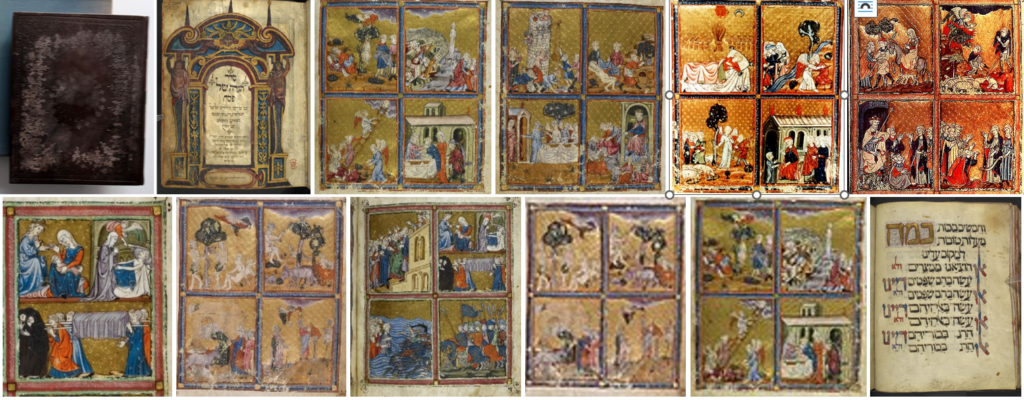
Tazria (תזריע – she will conceive) & Metsora (מצורע – a person afflicted with tzaraat [1])
Leviticus 12:1-15:33 and 2 Kings 7:3-20
The sections of Tazria-Metsora deal with the laws of ritual purity and purification rites, where water symbolizes renewal and spiritual transition.
Leviticus 14:8
וְכִבֶּס אֶת-בְּגָדָיו, וְרָחַץ אֶת-בְּשָׂרוֹ בַּמַּיִם–וְטָהֵר.
He shall wash his clothes, bathe his body in water, and become pure.
In 1828, a fire pump[2] was installed between Quai d’Auteuil and the Route de Versailles to draw water from the Seine and supply the Passy reservoirs, ensuring the storage and distribution of drinking water. Between 1900 and 1925, the company Pacotte & Co replaced this pump with a modern water-lifting plant[3]. The facility consisted of five buildings combining millstone, light and red bricks, and metal elements characteristic of the industrial style of the time. The plant ceased operations in 1955.
The City of Paris initiated a site redevelopment project, and in 2001, it made one of the buildings available to the Grand Rabbi of Paris, David Messas[4], who founded the Maguen David – Ahavat Shalom Community Center. In 2019, Rabbi Ariel Messas, continuing his father’s work, signed a 50-year lease with the City of Paris and reached an agreement with the management company of the Water Pavilion[5] to also host Shabbat meals, bar mitzvahs, and other celebrations there.
[1] Tzara’at: Ritual skin, garment, or wall afflictions characterized by white patches, spots, or specific eruptions.
[2] Fire pump: Technology based on wood or coal boilers to power pumping mechanisms.
[3] Water-lifting plant: A structure designed to raise water to sufficient heights to supply reservoirs, using pumps and a basic filtration system.
[4] Rabbi David Messas: Born in 1934 in Meknes (Morocco), he studied at the Keter Torah Yeshiva in Casablanca, Aix-les-Bains, and Grenoble. Grand Rabbi of Geneva (1989-1995), then Paris (1995-2011), he left a lasting mark on the Jewish community with his scholarship and dedication. He was awarded the Légion d’Honneur and its Moroccan equivalent, the Ouissam Alaouite.
[5] Water Pavilion (Pavillon de l’Eau): In 2007, under the auspices of Eau de Paris, architect Vincent Brossy transformed one of the buildings into a center dedicated to resource conservation and access to drinking water.





